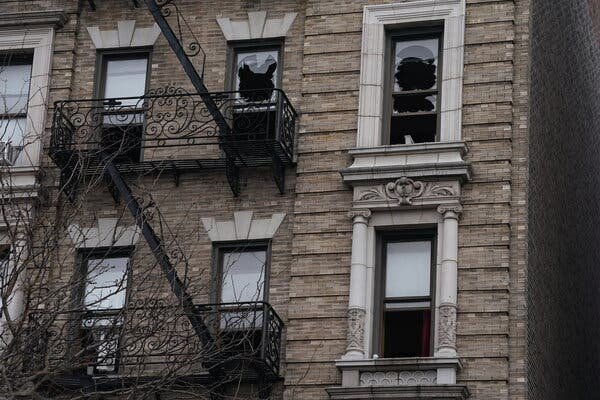Many performing arts enthusiasts are observing a growing trend where the practice of theatergoing is becoming more common than before.
Standing ovations, a common occurrence in today’s entertainment scene, have become almost expected at the conclusion of many shows and concerts. The trend is particularly prevalent on Broadway, where it’s almost a given, and slightly less common Off Broadway. Standing ovations are more likely for musicals than plays, for upbeat shows rather than those with darker themes, and for performances with younger audiences who tend to be more expressive.
In the classical music realm, standing ovations are now customary at opera and symphony performances in the United States, but not as prevalent in Europe. In dance performances, while it’s less common for the entire audience to rise, exceptional shows can still elicit a standing ovation. On the other hand, comedy clubs typically don’t see standing ovations, but renowned comedians performing in theaters may receive such acclaim.
The tradition of applauding to show approval has a long history, with standing ovations likely gaining popularity in the mid-20th century as a way to recognize outstanding performances. Today, they have become a more routine way to acknowledge performers at the end of a show.
Source: The NY Times









